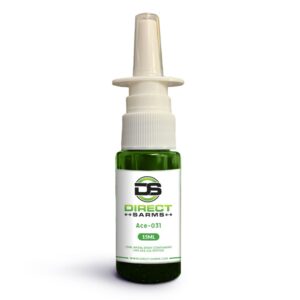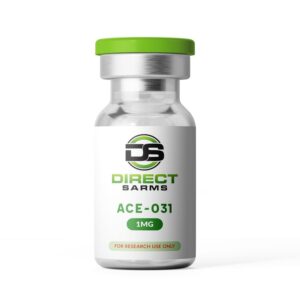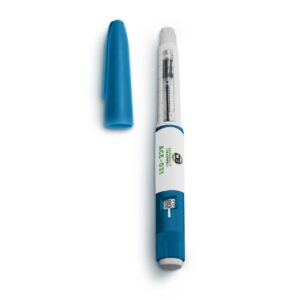ACE-031
Buy Ace-031 Peptide Online From Direct Sarms Georgia
Peptide Ace-031 Georgia belongs to a class of peptides known as myostatin inhibitors, which means it can effectively block the production of myostatin in the body. Myostatin is a protein that supresses muscle growth, and by inhibiting it, research has shown that Ace-031 can promote muscle growth and increase strength. Clinical studies have shown Ace-031 to prevent further loss of muscle mass and strength in patients with primary muscle-wasting and neuromuscular disorders.








